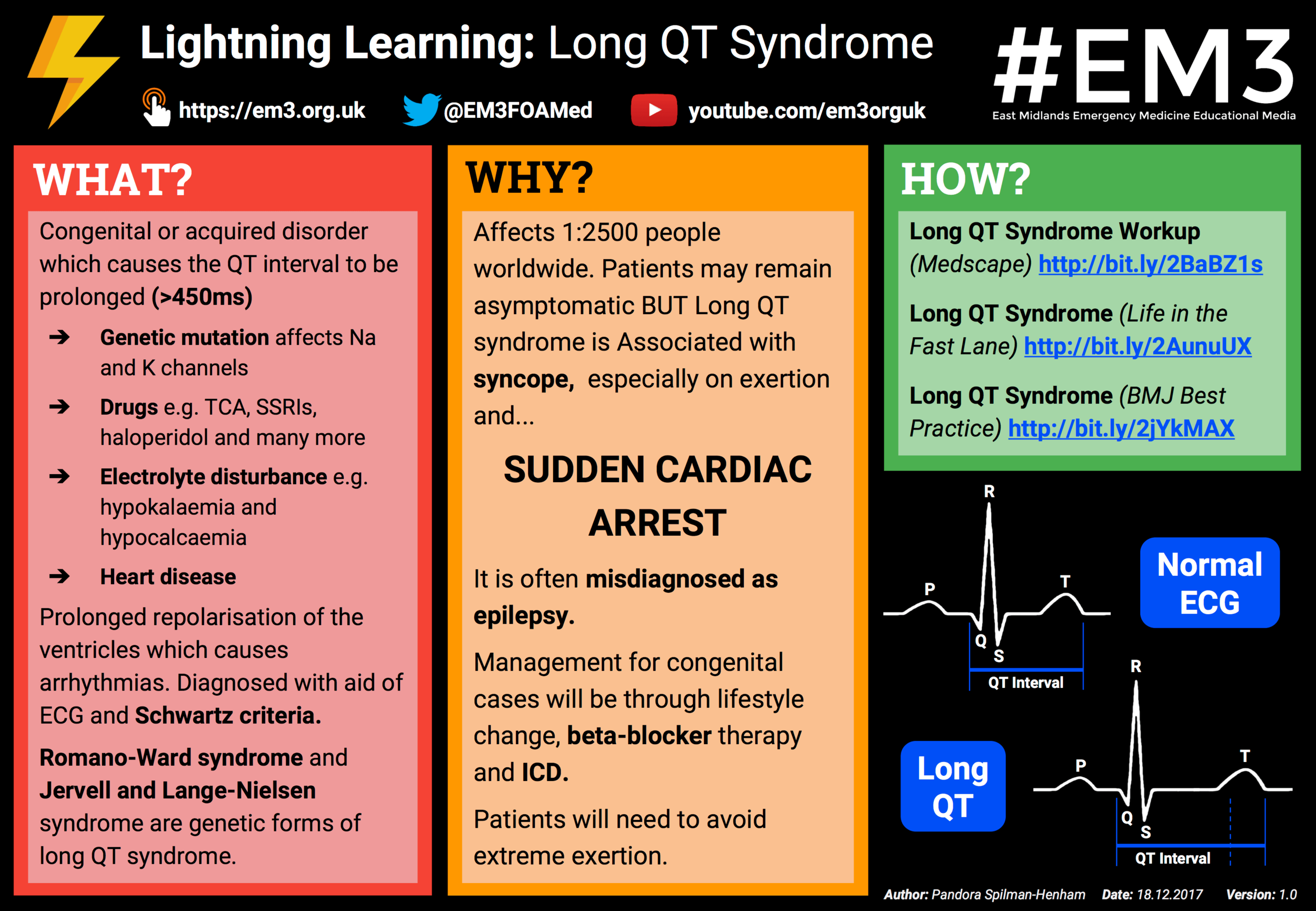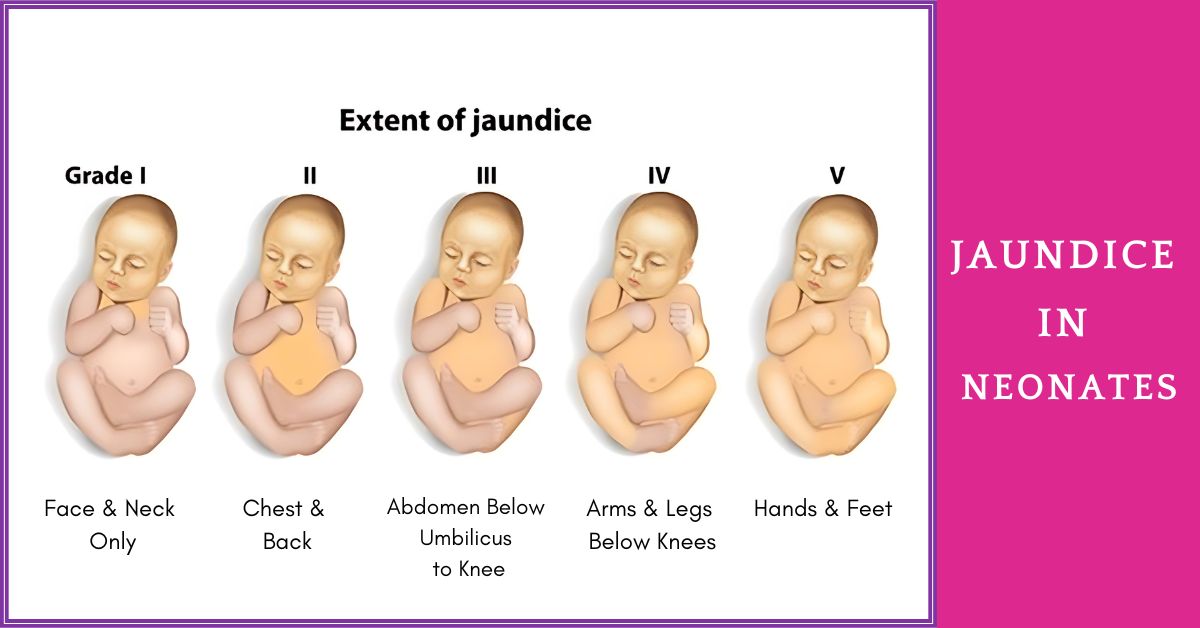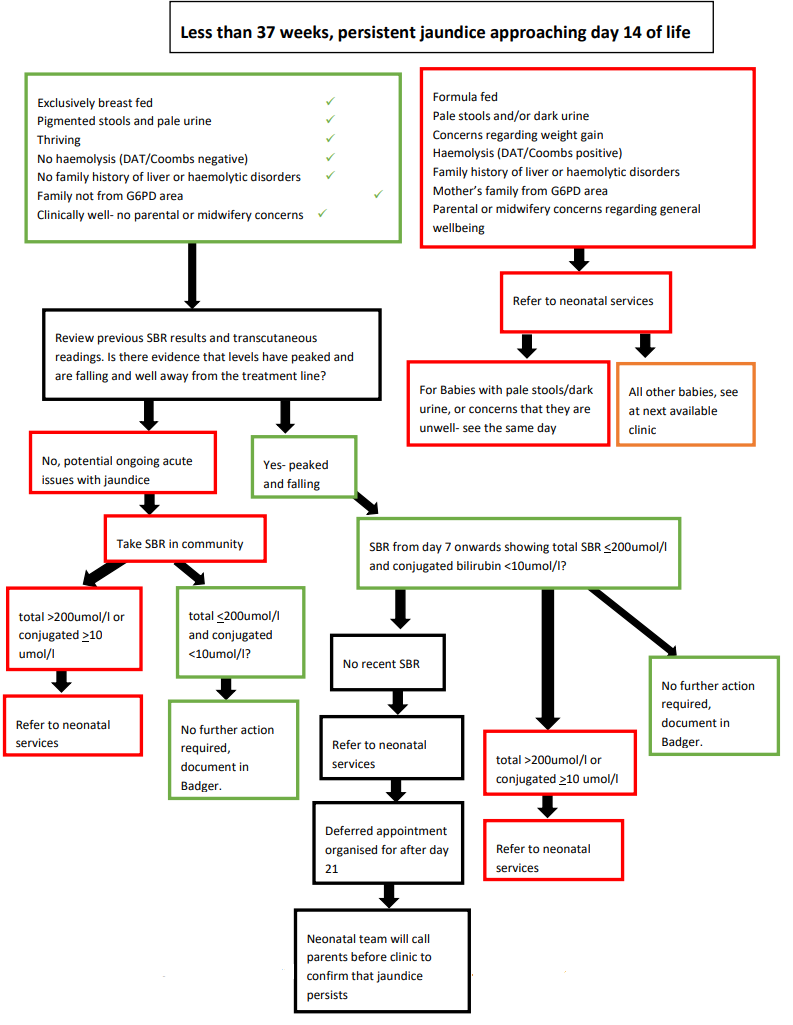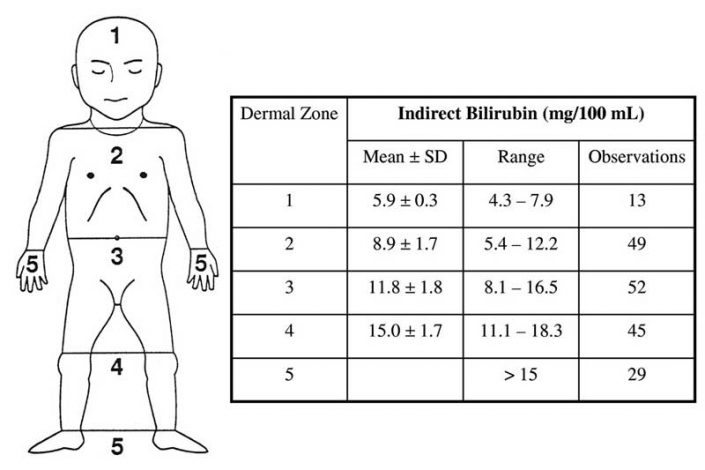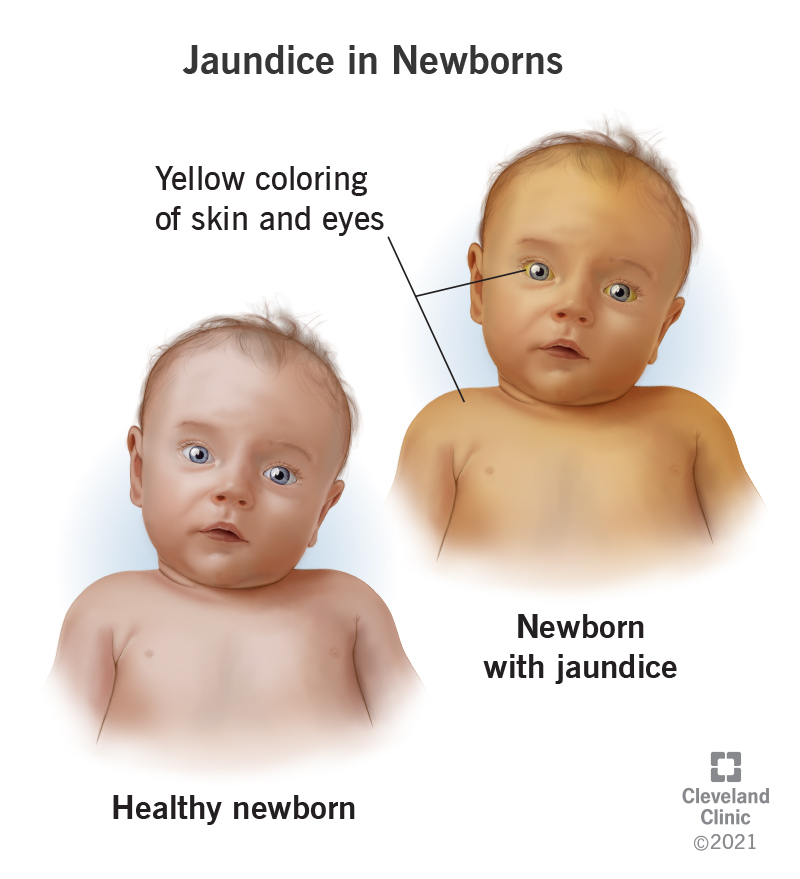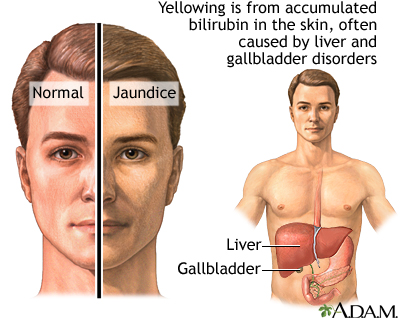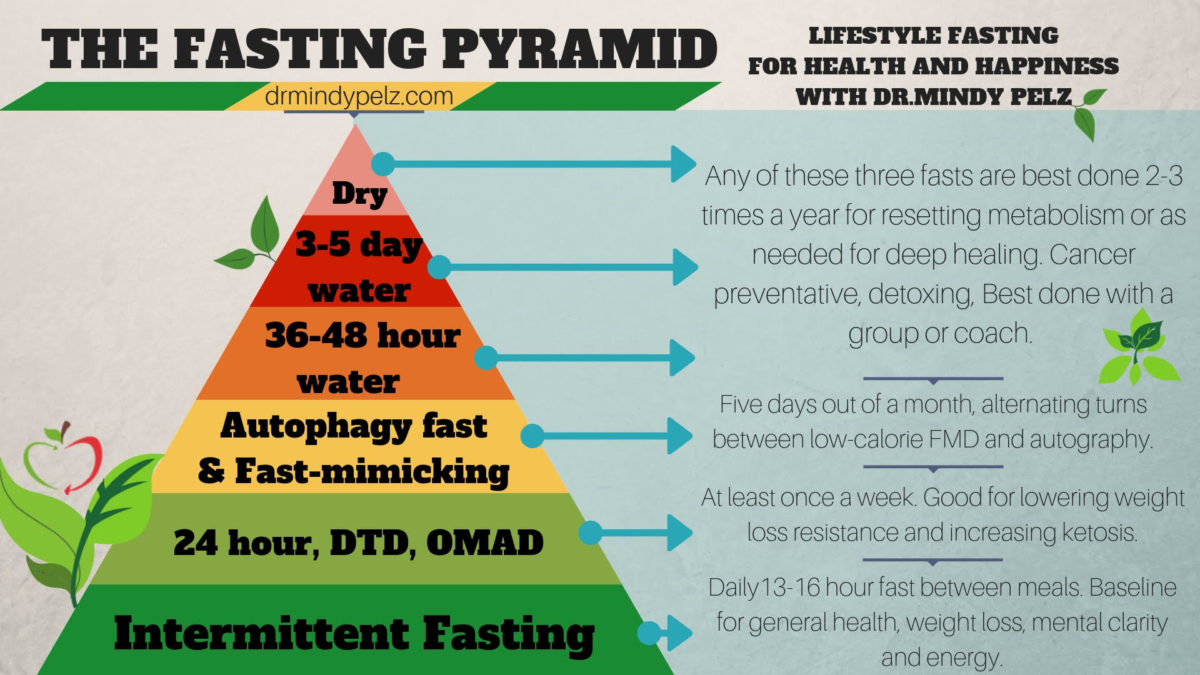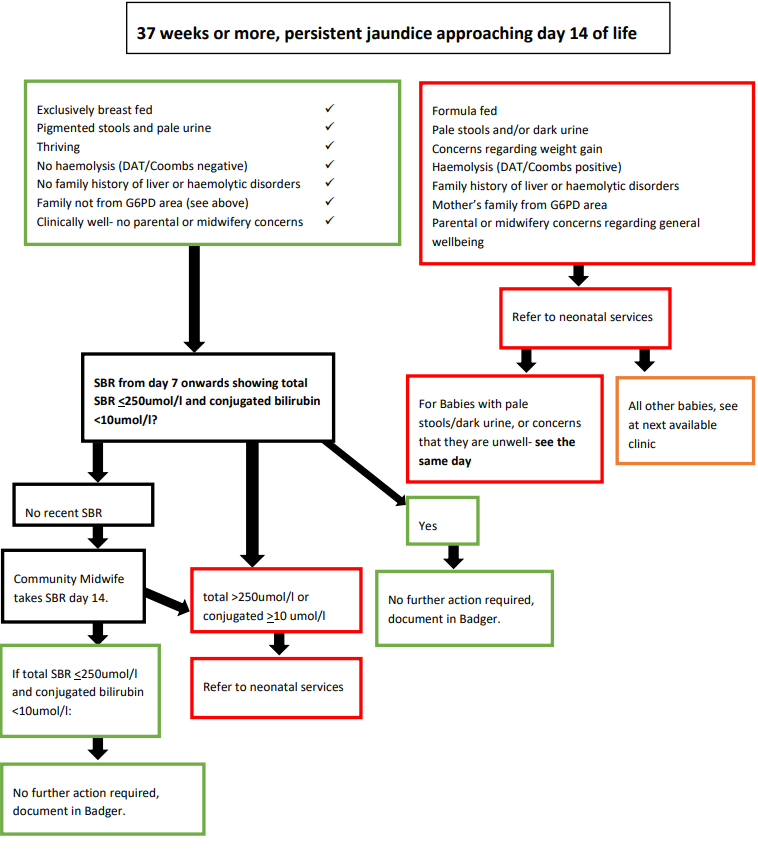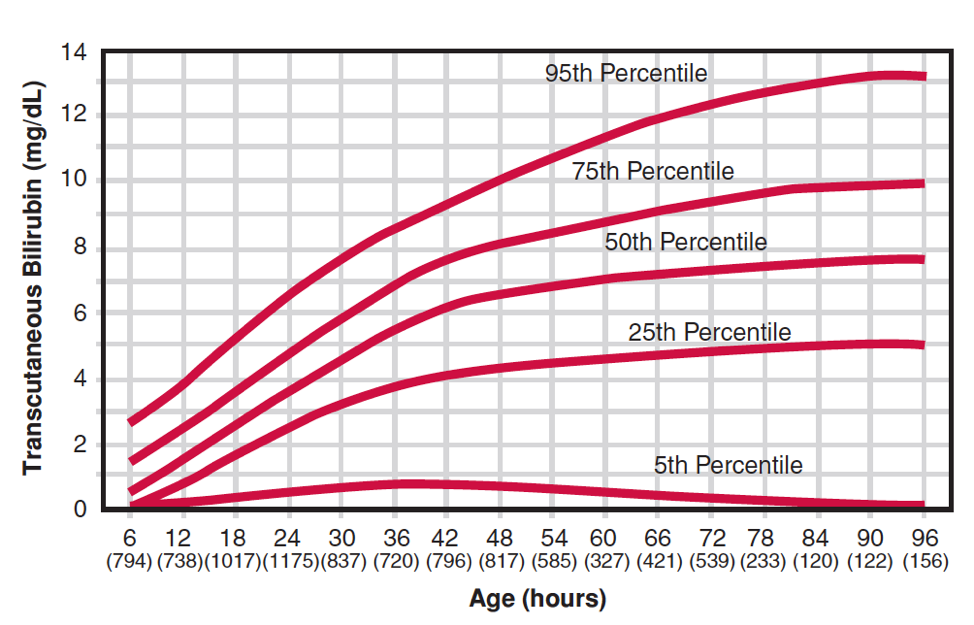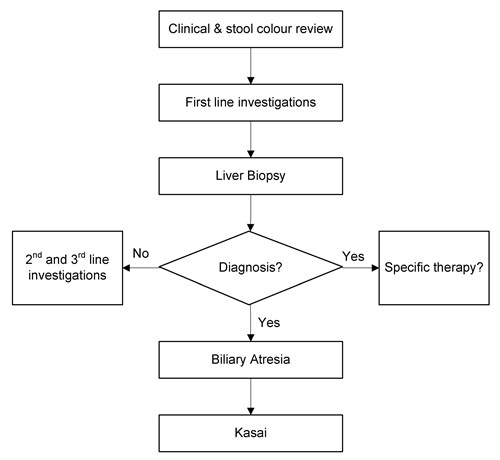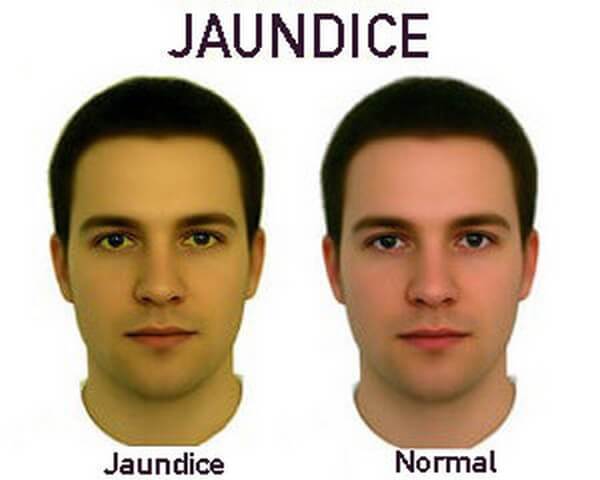Prolonged jaundice is defined as a serum bilirubin level higher than 85 μmol/l (5 mg/dl), which persists at postnatal 14 days in term infants and 21 days following the birth in preterm infants.Informed guidance on hyperbilirubinemia management, including preventive treatment thresholds, is critical to safely minimize neurodevelopmental risk.
Updated guidelines on the management of hyperbilirubinemia in newborn infants of 35 or more weeks of gestation were published in august 2022 by the american academy of pediatrics (aap) in pediatrics.Jaundice in newborns is the yellow coloring in an infant's skin.Neonatal hyperbilirubinemia, also known as jaundice, is a common condition in the neonatal period due to the adaptation of bilirubin metabolism that occurs during this time.
It specifically refers to the distinct yellow discolouration of sclera and skin, resulting from the accumulation of bilirubin.Occurs in 60% to 70% of term neonates.
Approximately 60 % of term infants and 80 % of preterm infants develop jaundice in their first week of life.Jaundice that occurs in the first 24 hours of life;How long does jaundice last?
Jaundice refers to the yellow colouration of the skin and the sclerae (whites of the eyes) caused by the accumulation of bilirubin in the skin and mucous membranes.A prolonged unconjugated hyperbilirubinemia may be related to.
When bilirubin levels increase by 0.3 mg per dl (5.1 μmol per l) or greater per hour within 24 hours of birth or 0.2 mg per dl (3.4 μmol per l) or greater per hour after 24 hours, this suggests.[ 32, 41] neonatal hyperbilirubinemia is common, and complications are rare;27,28 the preferred test for the diagnosis of nrh is liver biopsy.
Historically prolonged jaundice screening has been a common reason for attending hospital.
Last update images today How Long Can Prolonged Jaundice Last
 Like Father, Like Son: Arrington II To Penn State
Like Father, Like Son: Arrington II To Penn State
Andy Murray said on Thursday that coming to terms with his impending retirement from tennis is "hard" and that he would ideally "play forever" were it not for the injuries he has suffered during his career.
The two-time Wimbledon champion said on June 27 that if was able to play at Wimbledon -- as he has did on Thursday -- then he would likely retire after the Paris Olympics.
Murray faced a race against time to be fit to play in his final tournament at the All England Club after undergoing a procedure to address a spinal cyst on June 22. He subsequently withdrew from his first-round singles match on Tuesday, but confirmed that he would play in the men's doubles.
However, the 37-year-old's Wimbledon farewell got off to a difficult start on Thursday as he was knocked out of the men's doubles in the first round alongside his older brother, Jamie, with a 7-6 (6), 6-4 loss to Australian pair Rinky Hijikata and John Peers.
Speaking after the match, Murray discussed coming to terms with the end of his playing career.
"I would love to keep playing, but I can't physically. It is too tough now. All of the injuries, they've added up. ... They haven't been insignificant. But yeah, I want to play forever," Murray told the BBC.
"I love the sport. It's given me so much, taught me loads of lessons over the years that I can use for the rest of my life. But yeah, I don't want to stop, so it is hard."
Murray also hinted that he might be interested in taking up coaching in his post-playing career.
Asked if he was a good tennis watcher, Murray said: "It depends who I'm watching. I hate watching my brother. I find it really difficult to watch my brother play. But yeah, I love tennis. I watch it all the time. I'd probably be more comfortable sitting up there in a coaching box than somewhere else."
Murray is due to take to the court again this week after Wimbledon organisers announced on Wednesday that he had entered the mixed doubles draw alongside fellow Brit Emma Raducanu after the pair were given a wild-card entry. The mixed doubles competition begins on Friday.




